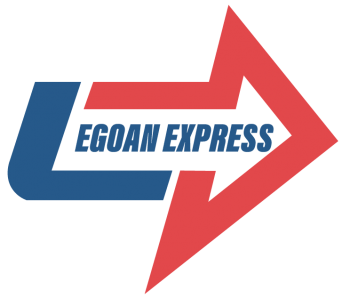Content
At the end of each accounting cycle, adjusting entries are made to charge uncollectible receivable as expense. The actual amount of uncollectible receivable is written off as an expense from Allowance for doubtful accounts. There are many examples of companies dealing with bad debt expense. Fora Financial provides business construction bookkeeping capital, including business loans and Revenue Based Financing, directly and through a network of unaffiliated third-party funding providers. Business loans are offered by Fora Financial Business Loans LLC or, in California, by Fora Financial West LLC, a licensed California Finance Lender, License No. 603J080.
How do you calculate bad debt expense on financial statements?
Bad debt expense is reported within the selling, general, and administrative expense section of the income statement. However, the entries to record this bad debt expense may be spread throughout a set of financial statements. The allowance for doubtful accounts resides on the balance sheet as a contra asset.
Y Co was in financial difficulty and Apple wishes to provide an allowance for 60% of their balance of $1600. She has also decided to make a general allowance for receivables of 10% of her remaining trade receivables. Company XYZ has trade receivables totalling £200,000 at the end of the year, 31st December 20X6. It has been decided that an allowance for doubtful debt is to be created.
Other business expenses (boxes 30 and
If you only receive partial payment of the amount owed, then only a sum equal to the payment received will need to be brought into your accounts as income. Therefore it is possible to claim unpaid funds as a tax deduction. In order to begin claiming debt as a tax deduction, a company must first ascertain whether the debt forms part of the ‘assessable income’. Using the accrual accounting method, a company can count the income when the invoice is issued, as opposed to waiting for the payment to be received.
Sometimes, a debt written off in one year is actually paid in the next year – a debit to cash and a credit to irrecoverable debts recovered. The credit balance on the account is then transferred to the statement of profit or loss . This may be clearer than crediting the recovery to the bad debts expense account, because that would obscure the expense from bad debts for the year.
What if the debt, or part of the debt, is paid?
You will need to include any work in progress and raw materials you have received but not yet paid for. Once you decide that you do not expect the payment to be made, you can write it off from your ledgers and reports. If you are not sure how to do it or just do https://www.archyde.com/how-do-bookkeeping-and-accounting-services-affect-the-finances-of-real-estate-companies/ not want to bother yourself with the task — outsource your bookkeeping and accounting. The amount has to be recorded, including information on when the invoice was delivered. It is also possible to claim a deduction on a debt that has been partially written off.
- The most important point, which must be understood at the outset, is that all these adjustments have an impact on both the statement of profit or loss and the statement of financial position.
- Where credit facilities are offered, it is normal for a business to maintain an aged receivables analysis.
- However the creation of an allowance for receivables means that the possible loss is accounted for immediately, in line with the concept of prudence.
- Some of the most common steps for avoiding it begin with checking that the customer or business is credit worthy.
- One way of remembering which account to debit/credit, always start off with the allowance for doubtful debt account.
 ventas@legoan.com
ventas@legoan.com (+51) 983 415 033
(+51) 983 415 033




